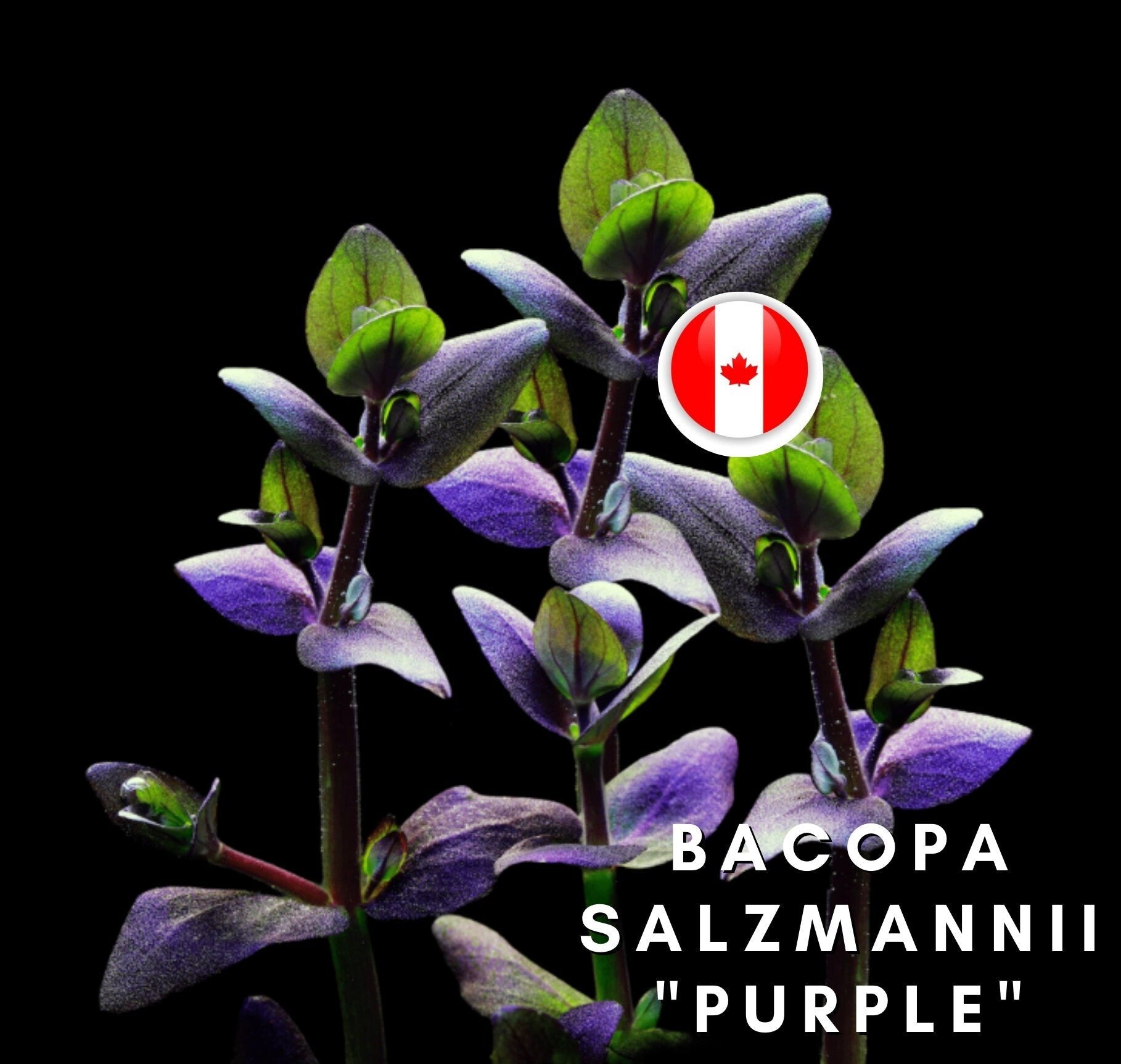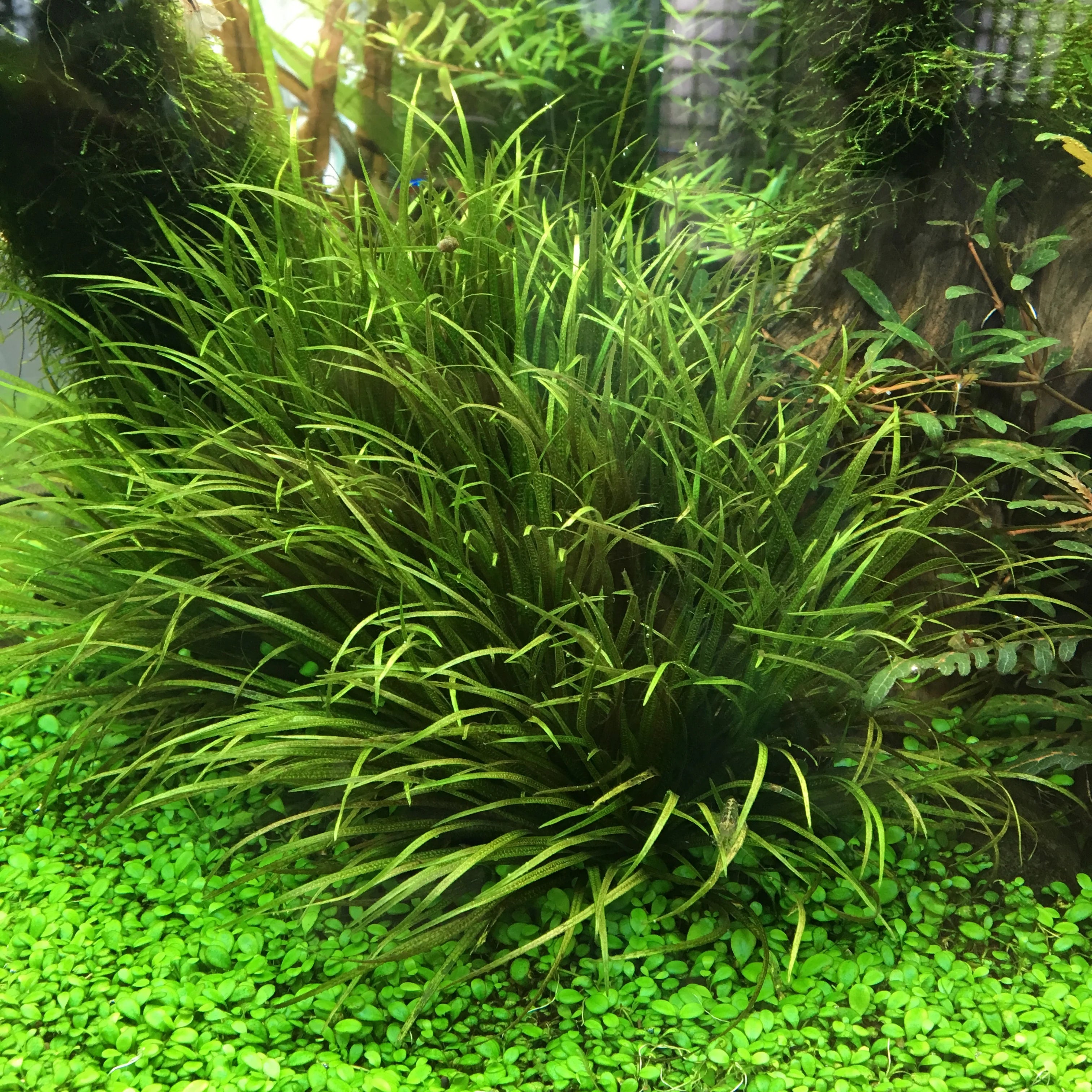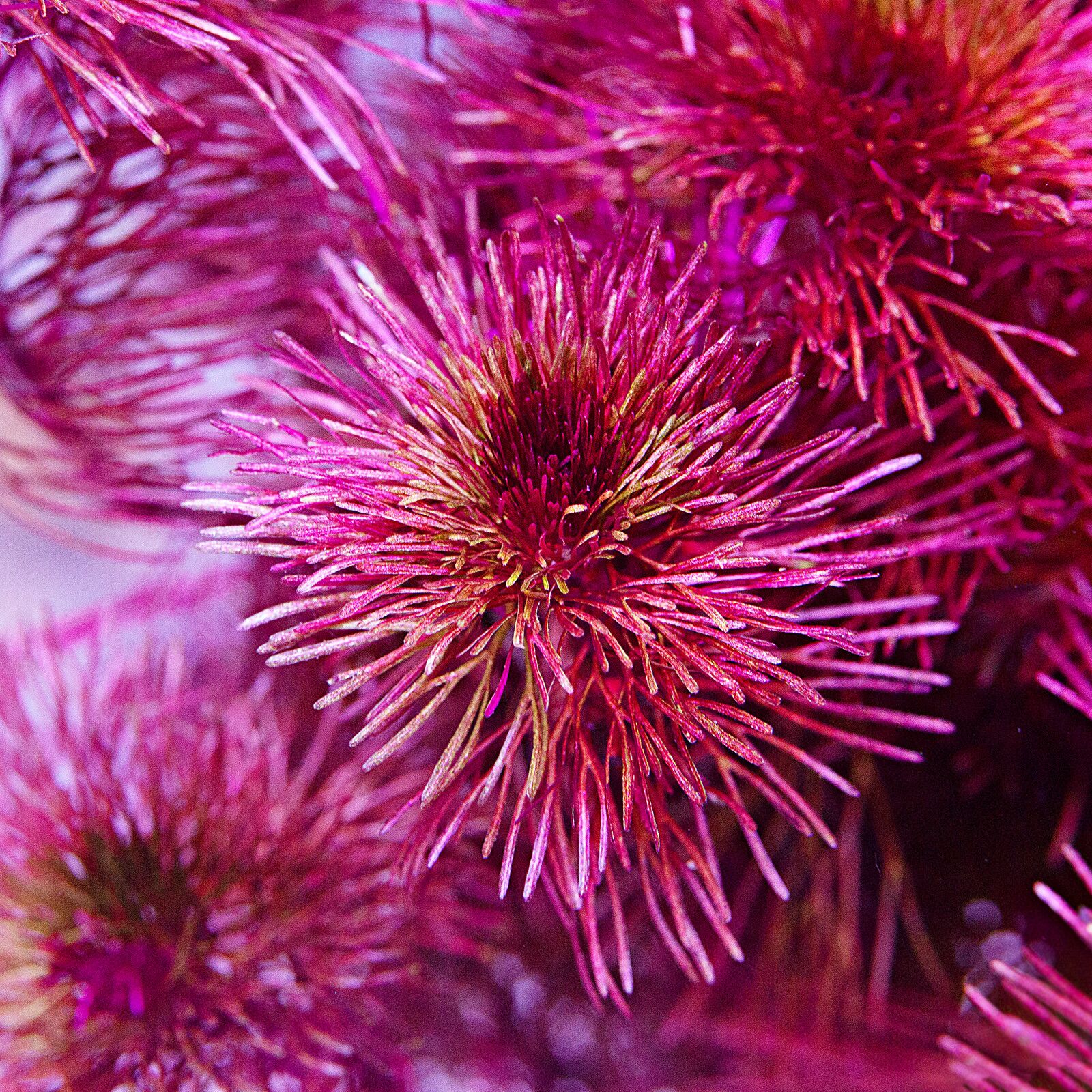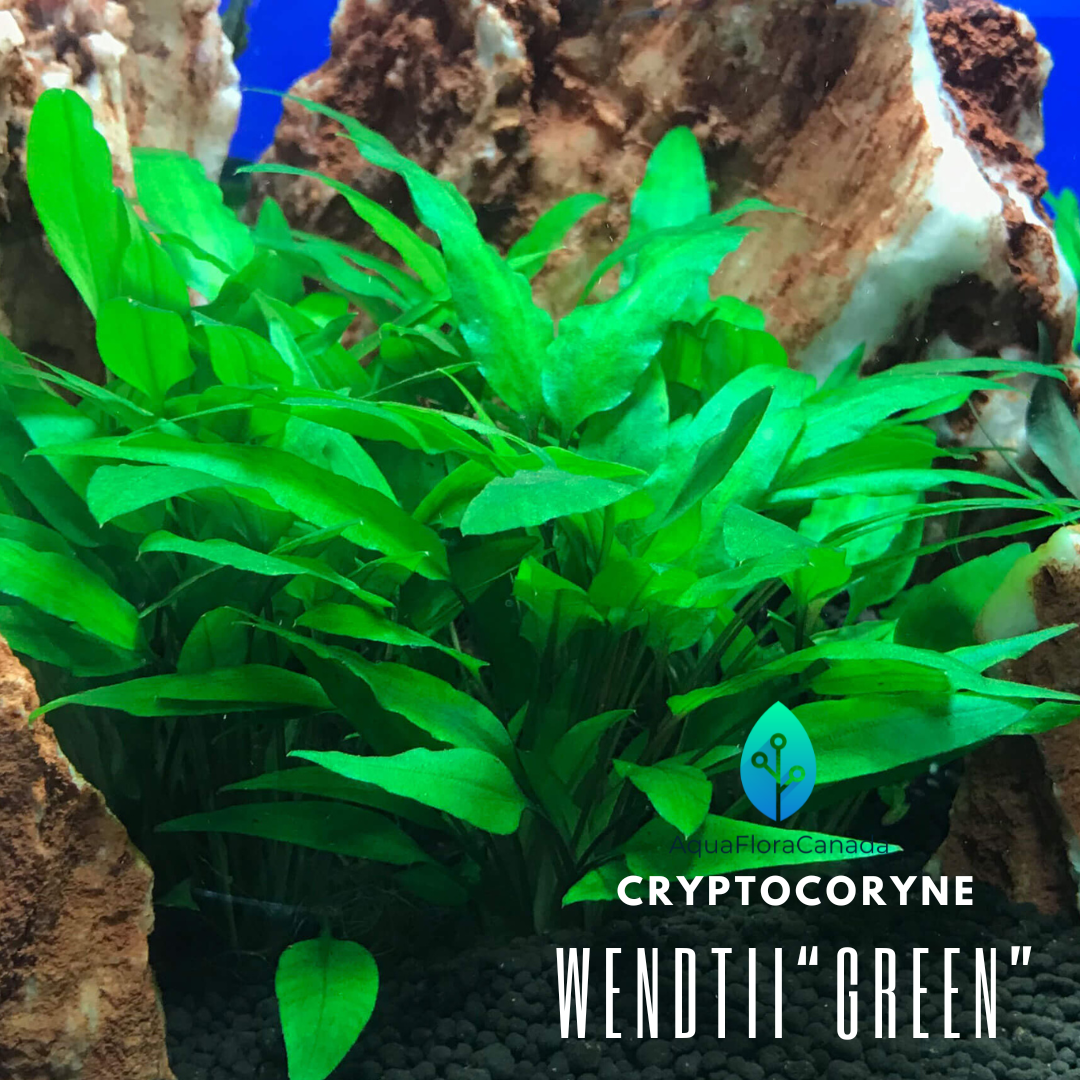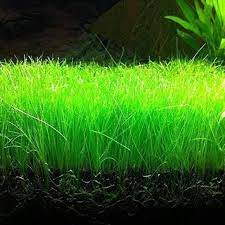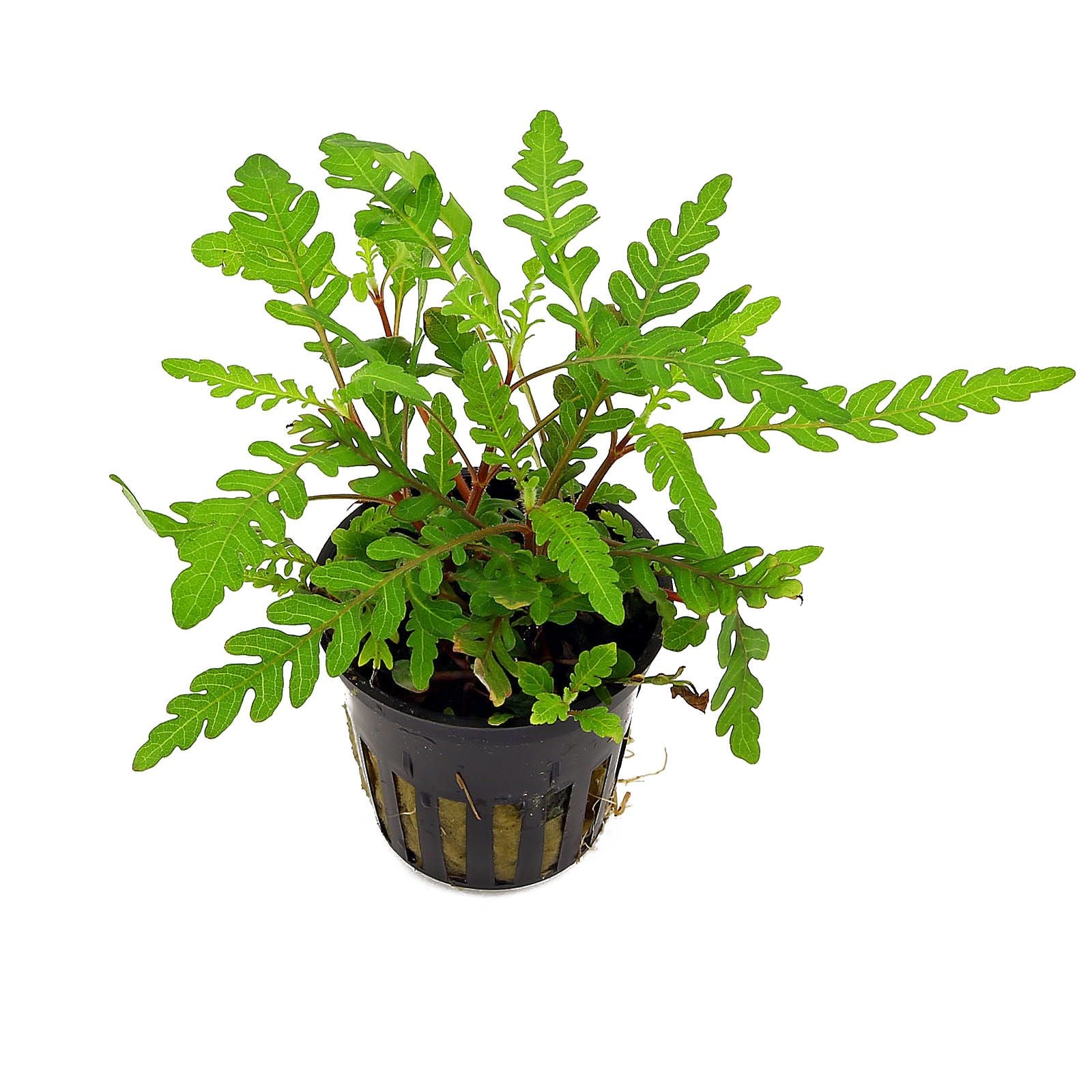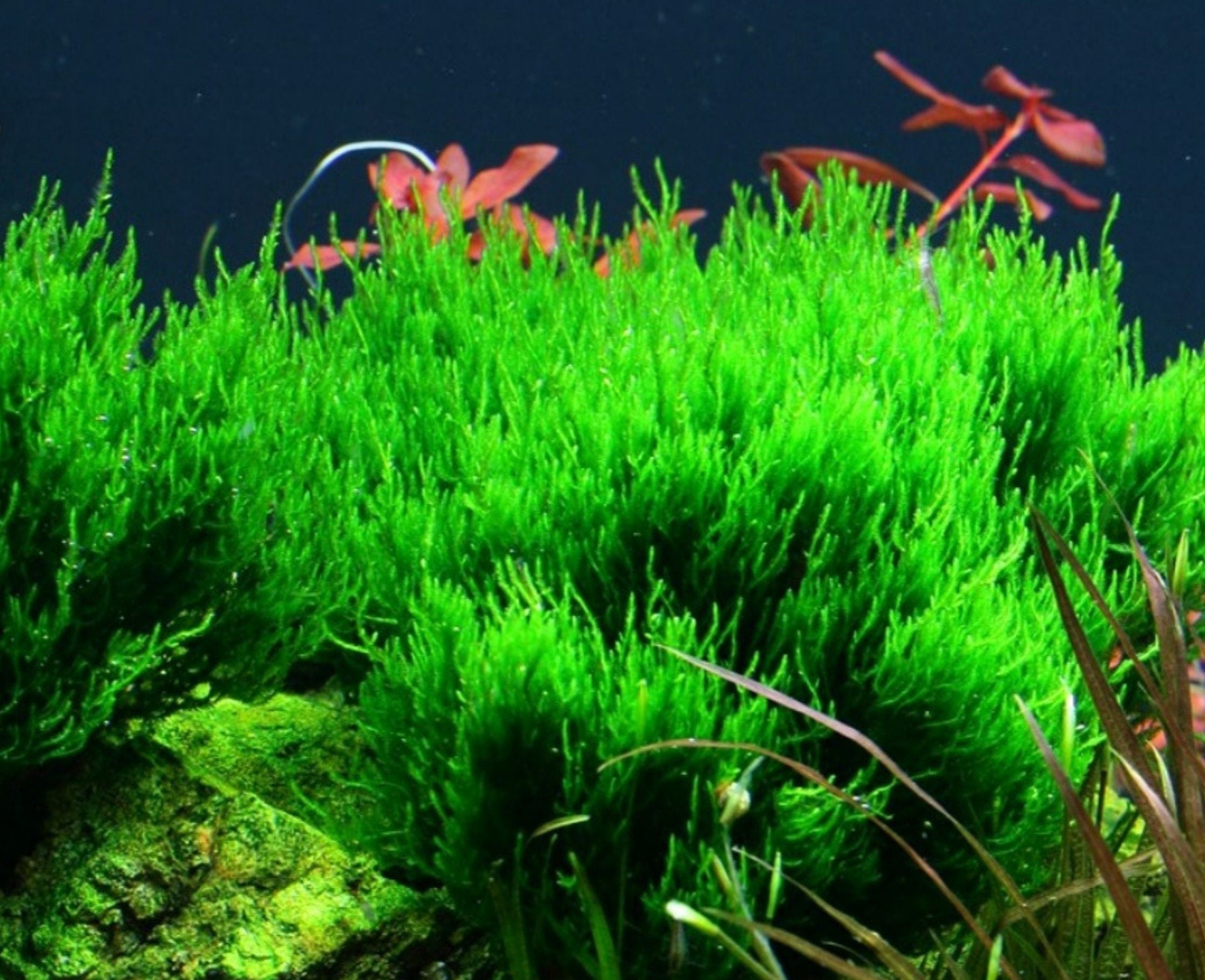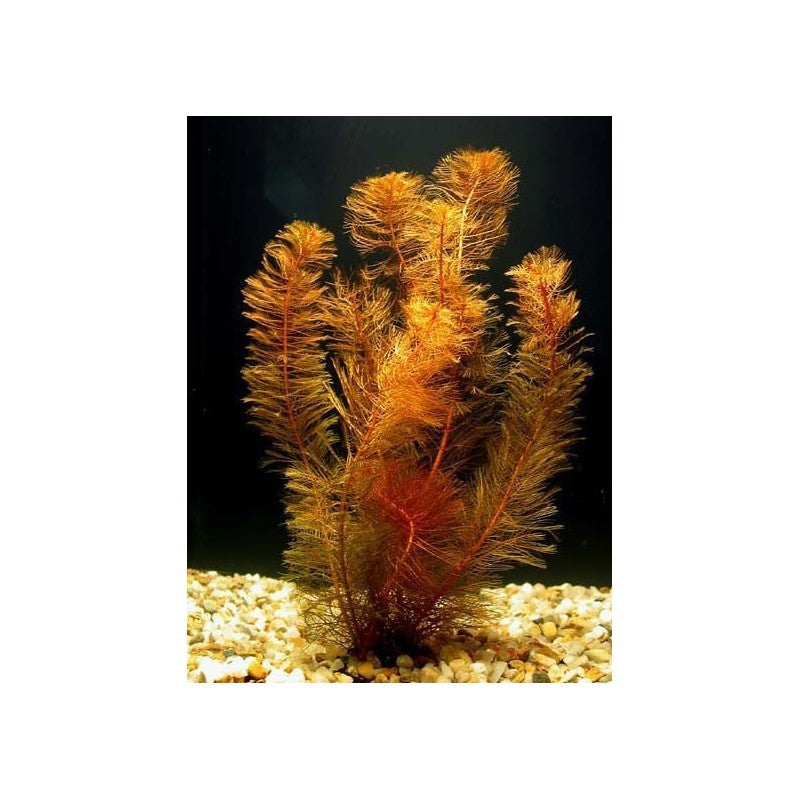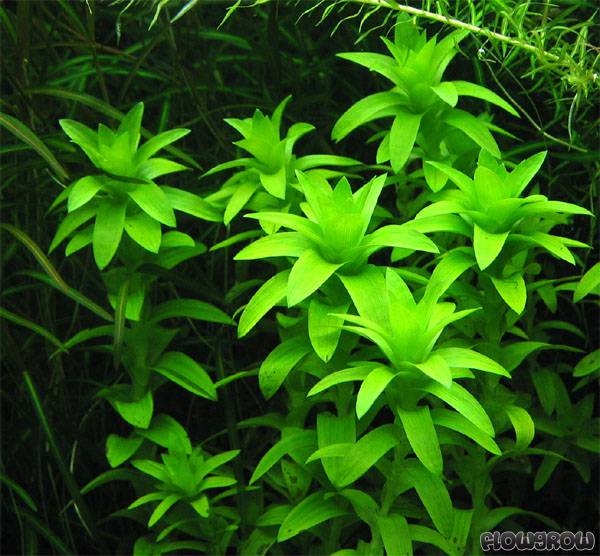Betta channoides, also known as the Snakehead Betta, is a fascinating freshwater fish species with a unique appearance and breeding behavior. Originating from the blackwater peat swamps of Borneo, it’s part of the wild betta family and differs significantly from the typical Betta splendens (Siamese fighting fish) seen in the aquarium hobby.
Description
- Coloration: Betta channoides males have striking, vibrant red or orange bodies with black or dark brown markings, particularly on the fins, while the females have more subdued coloration, generally a light brown or tan. Both sexes can exhibit a distinct, snake-like pattern, which gives them their common name.
- Size: This species is relatively small, reaching about 2.5 inches (6 cm) in length.
Habitat
- Natural Range: Native to Borneo, specifically found in slow-moving, acidic waters within peat swamps. These environments have a soft, sandy substrate, and the water is often stained dark by tannins from decaying plant matter.
- Aquarium Conditions: They prefer a heavily planted tank with low lighting, similar to their natural blackwater environment. Ideal water parameters include a temperature range of 75-82°F (24-28°C) and a pH between 4.0 and 6.5.
Behavior
- Peaceful Nature: Unlike the more aggressive Betta species, Betta channoides are generally peaceful and can coexist well with other calm, small fish, as long as they have enough space.
- Pair Bonding: This species forms monogamous pairs, with males and females often sticking close together in the aquarium.
Feeding
- Diet: They are carnivorous and do well on a diet of live and frozen foods, such as bloodworms, brine shrimp, and daphnia. High-quality betta pellets or micro-pellets can also be used, but live food is often preferred.
Breeding
- Mouthbrooding: Betta channoides are mouthbrooders, which is unusual among bettas. After spawning, the male will hold the fertilized eggs in his mouth for about 10–14 days, protecting and incubating them until they hatch. Afterward, he releases fully formed fry that are ready to swim and eat small live foods.
- Breeding Setup: They are best bred in a dedicated tank with dim lighting, soft acidic water, and plenty of hiding spots. Tank mates should be minimal or excluded during breeding to reduce stress on the pair.
Care Tips
- Keep water clean and well-filtered, with gentle flow and regular water changes to mimic their natural habitat.
- Tannins, from Indian almond leaves or driftwood, can help replicate blackwater conditions and make them feel more at home.
Betta channoides is a captivating species with fascinating behavior and a striking appearance. Its unique breeding habits and peaceful nature make it a wonderful choice for aquarists looking to explore the world of wild bettas.



